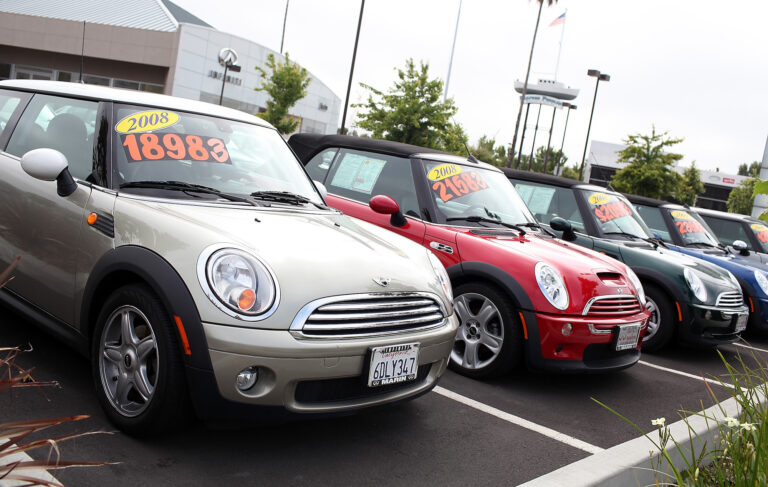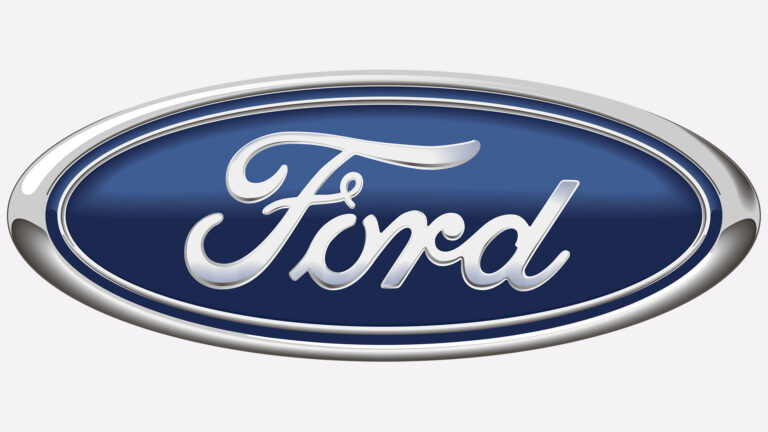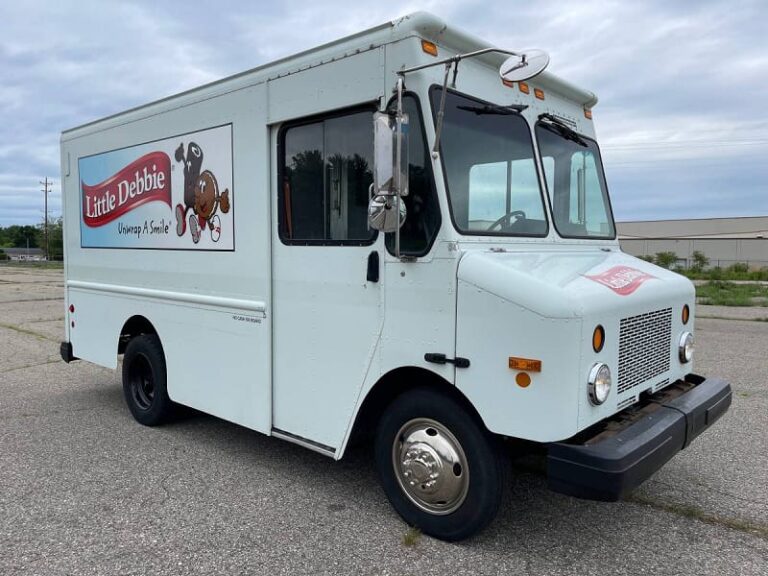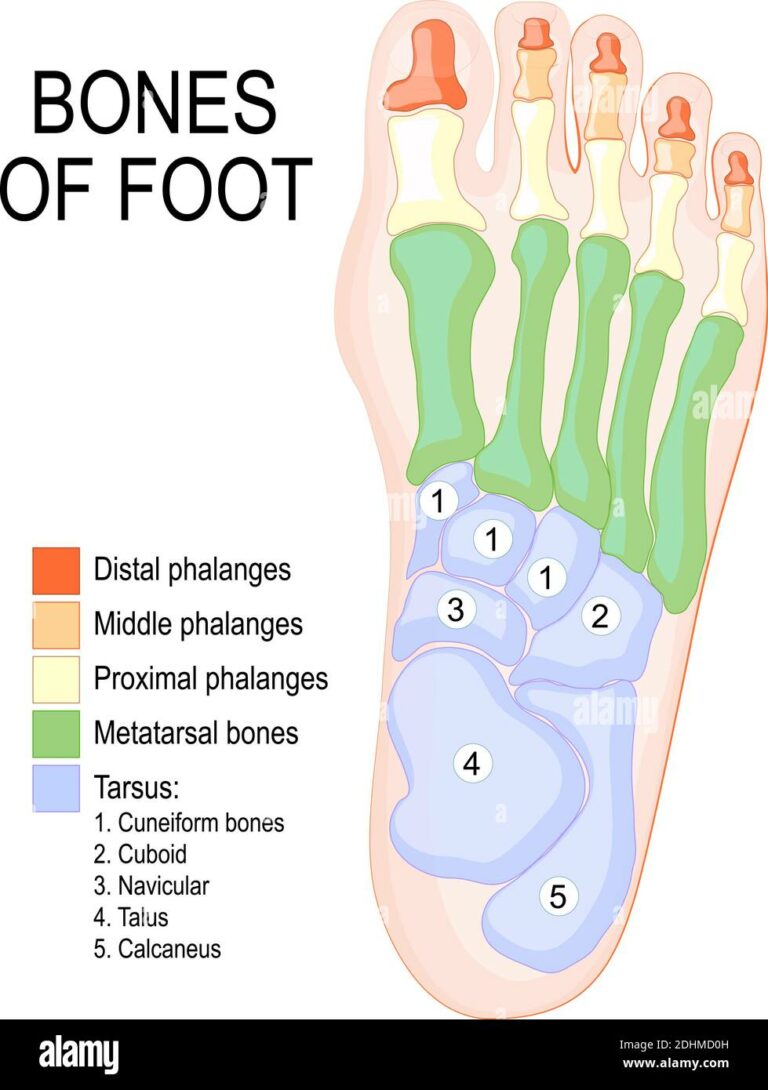Street Legal 3 Wheel Car: A Comprehensive Guide to the World of Autocycles and Trikes
Street Legal 3 Wheel Car: A Comprehensive Guide to the World of Autocycles and Trikes cars.truckstrend.com
In an era where automotive innovation often blends with personal expression, the street-legal 3-wheel car has emerged as a fascinating and increasingly popular category. Neither a full-fledged car nor a traditional two-wheeled motorcycle, these unique vehicles offer a thrilling compromise, blending the open-air exhilaration of a bike with the stability and often, the driver’s license requirements, of a car. For many, they represent the perfect fusion of freedom, efficiency, and head-turning style.
This comprehensive guide delves into the world of street-legal 3-wheel cars, exploring what defines them, their myriad benefits, the legal landscape surrounding them, and practical advice for anyone considering adding one to their garage. Whether you’re a seasoned rider looking for more stability, a car enthusiast seeking a novel driving experience, or simply curious about these distinctive machines, read on to discover everything you need to know.
Street Legal 3 Wheel Car: A Comprehensive Guide to the World of Autocycles and Trikes
What Defines a Street Legal 3 Wheel Car?
At its core, a street-legal 3-wheel car is a vehicle designed for road use with three wheels. However, their legal classification is far more nuanced, primarily falling into two main categories: autocycles and motorcycles (or trikes). This distinction is crucial as it dictates everything from licensing requirements to safety regulations.
- Autocycles: This is the most common classification for modern 3-wheel cars that resemble cars more than motorcycles. Defined by features like a steering wheel, foot pedals for acceleration and braking, and often seatbelts, autocycles typically do not require a motorcycle endorsement to operate. Examples include the Polaris Slingshot, Vanderhall models, and the upcoming Aptera. They often have an open cockpit but can also be fully enclosed.
- Motorcycles (Trikes): Traditional trikes, like the Can-Am Spyder/Ryker or Harley-Davidson Tri-Glide, often feature handlebars for steering, straddle seating, and motorcycle-style controls. While they have three wheels, they are legally classified as motorcycles in most jurisdictions, meaning a motorcycle endorsement is usually required.
Key characteristics that define a street-legal 3-wheel car, regardless of classification, include:
- Three Wheels: The defining feature, offering a unique balance between two-wheel agility and four-wheel stability.
- Engine and Drivetrain: Typically powered by internal combustion engines, though electric options are rapidly emerging.
- Lights and Safety Equipment: Must comply with standard automotive lighting, braking, and safety requirements (headlights, taillights, turn signals, mirrors, horn, etc.).
- Roadworthiness: Designed and built to withstand the rigors of public road use.

The Allure of Three Wheels: Benefits and Advantages
The appeal of a street-legal 3-wheel car extends beyond its unique appearance. Owners often cite a range of practical and experiential benefits:
- Unique Driving Experience: They offer a thrilling blend of sensations. The open-air feel (for many models) combined with lower center of gravity and direct steering provides an exhilarating, connected-to-the-road experience distinct from both cars and motorcycles.
- Enhanced Stability: Compared to a two-wheeled motorcycle, a 3-wheel vehicle inherently offers greater stability, especially at a standstill or low speeds. This can be a significant advantage for riders new to two wheels, those with physical limitations, or anyone seeking more confidence on the road.
- Accessibility (No Motorcycle Endorsement): For autocycles, the biggest draw for many is the ability to drive them with a standard Class D driver’s license. This opens up the world of open-air driving to a much wider audience who may not wish to obtain a motorcycle endorsement.
- Fuel Efficiency: Often lighter than traditional cars and frequently equipped with smaller, more efficient engines, 3-wheel vehicles can offer impressive fuel economy. Electric models take this even further.
- Maneuverability and Parking: Their narrower profile and often shorter wheelbase make them highly maneuverable in urban environments and easier to park in tight spaces compared to most cars.
- Cost-Effectiveness: While initial purchase prices vary, some models can be more affordable than entry-level sports cars. Furthermore, insurance and registration costs can sometimes be lower, depending on the vehicle’s classification and state regulations.
- Head-Turning Appeal: Let’s be honest, driving a 3-wheel car gets attention. Their unconventional design makes them instant conversation starters and a unique way to express individuality.
![]()
Navigating the Legal Landscape: Registration and Licensing
Understanding the legal classification of a 3-wheel vehicle is paramount, as regulations vary significantly from state to state within the U.S. and across different countries.
- State-by-State Variations: The most critical piece of advice is to research the specific laws in your state or country of residence. What’s an "autocycle" in one state might be a "motorcycle" in another, or fall under a different, unique category.
- Autocycle Classification: As mentioned, many states have adopted specific "autocycle" definitions. These vehicles are typically characterized by:
- Being controlled by a steering wheel.
- Having non-straddle seating (like car seats).
- Equipped with seatbelts.
- Crucially, they generally do not require a motorcycle endorsement to operate.
- Motorcycle Classification: If a 3-wheel vehicle is classified as a motorcycle (e.g., if it has handlebars, straddle seating), then a motorcycle endorsement (M1 or similar) will be required on your driver’s license.
- Safety Regulations: Regardless of classification, all street-legal vehicles must adhere to safety standards for lighting, braking, mirrors, and often, crash protection. Some enclosed 3-wheel vehicles may even incorporate airbags or advanced driver-assistance systems.
- Insurance Implications: The classification also impacts insurance rates and requirements. Autocycles may be insured more like cars, while motorcycle-classified trikes will fall under motorcycle insurance policies. Always get quotes before purchasing.
- Importance of Research: Before making any purchase, contact your local Department of Motor Vehicles (DMV) or equivalent agency to confirm the specific requirements for the models you are considering.
Types and Categories of 3-Wheel Vehicles
While the term "3-wheel car" might conjure a single image, there’s a surprising diversity in design and function:
- Tadpole Configuration (Two Wheels Front, One Wheel Rear):
- Description: This is the most common layout for vehicles classified as autocycles. The two front wheels provide excellent stability and car-like handling through turns, while the single rear wheel is typically driven.
- Examples: Polaris Slingshot, Vanderhall Carmel/Venice, Morgan Super 3, Aptera (electric).
- Pros: Very stable in corners, intuitive steering (like a car), often allows for more front-end styling and crumple zone.
- Delta Configuration (One Wheel Front, Two Wheels Rear):
- Description: This layout is more common among traditional trikes and motorcycle-based conversions. The single front wheel steers, and the two rear wheels provide propulsion and stability.
- Examples: Can-Am Spyder/Ryker, Harley-Davidson Tri-Glide, Rewaco.
- Pros: Offers a more motorcycle-like riding experience, often more storage capacity over the rear wheels, good straight-line stability.
- Open-Air vs. Enclosed:
- Open-Air: The majority of popular 3-wheel cars (Slingshot, Vanderhall, Can-Am) are open-air, offering an exhilarating connection to the environment. This means exposure to elements, but also a more immersive driving experience.
- Enclosed: A smaller but growing segment includes fully enclosed 3-wheelers like the Aptera or older concepts like the Elio Motors vehicle. These offer car-like weather protection, climate control, and potentially enhanced safety.
- Gas-Powered vs. Electric:
- Gas-Powered: Most current models run on conventional gasoline engines, often sourced from existing automotive or motorcycle platforms for reliability and parts availability.
- Electric: The future of 3-wheel vehicles increasingly points towards electric powertrains, offering zero emissions, instant torque, and lower running costs. Aptera is a prime example of an innovative electric 3-wheeler.
Important Considerations Before Buying
Purchasing a 3-wheel car is a significant decision. Here are key factors to weigh:
- Purpose: What will you primarily use it for? Daily commuting, weekend joyrides, long-distance touring? This will influence your choice between open/enclosed, storage capacity, and comfort features.
- Budget: Beyond the sticker price, factor in insurance, registration, maintenance, and potential accessories.
- Storage: Do you have a garage or secure parking? Open-air vehicles require protection from the elements.
- Weather Protection: If you live in a region with diverse weather, consider if an open-air vehicle suits your year-round needs or if an enclosed model is necessary.
- Safety Features: While 3-wheelers offer more stability than motorcycles, they don’t have the same crash protection as a full car. Look for features like ABS, traction control, roll bars, and sturdy frame construction.
- Test Drive: This is non-negotiable. The driving dynamics of a 3-wheel vehicle are unique. Test drive multiple models to find what feels right for you. Pay attention to steering feel, braking, and overall comfort.
- Resale Value: As a niche market, resale values can vary. Research popular models and their depreciation trends.
Maintenance and Ownership Tips
Owning a 3-wheel car requires a similar approach to car or motorcycle maintenance, with a few specific considerations:
- Follow Manufacturer’s Schedule: Adhere strictly to the recommended service intervals for oil changes, tire rotations (if applicable), brake inspections, and fluid checks.
- Tire Care: Tires are crucial for safety and handling. Monitor pressure regularly and replace worn tires promptly. Note that some 3-wheelers use specialized tires.
- Winter Storage: If you live in a cold climate and your vehicle is open-air, proper winterization and storage are essential to protect it from the elements and maintain its battery and fluids.
- Accessory Market: Many owners customize their vehicles with aftermarket accessories like enhanced audio systems, storage bags, wind deflectors, and comfort seating.
- Find a Qualified Mechanic: While many components might be standard automotive, some aspects of 3-wheelers are unique. Ensure your mechanic is familiar with your specific model.
- Join Owner Communities: Online forums and local clubs are invaluable resources for tips, troubleshooting, and camaraderie.
Estimated Pricing for Popular Street Legal 3 Wheel Cars (New Models – MSRP)
| Model | Type (Configuration, Enclosure) | Starting MSRP (USD) | Key Feature/Note |
|---|---|---|---|
| Polaris Slingshot S | Tadpole, Open-Air | $22,000 – $25,000 | Entry-level model, sporty, no motorcycle endorsement needed in most states. |
| Polaris Slingshot SL/R | Tadpole, Open-Air | $28,000 – $37,000 | Mid to high-trim, more features, higher performance. |
| Can-Am Ryker | Delta, Open-Air | $9,500 – $12,500 | More motorcycle-like, accessible, requires motorcycle endorsement in most states. |
| Can-Am Spyder RT | Delta, Open-Air (Touring) | $24,000 – $30,000+ | Touring-focused, comfortable, significant storage. |
| Vanderhall Carmel | Tadpole, Open-Air | $40,000 – $50,000+ | Luxury, retro-modern styling, premium experience. |
| Morgan Super 3 | Tadpole, Open-Air | $54,000 – $65,000+ | Classic British styling, unique aesthetic, premium build. |
| Aptera (Pre-Order) | Tadpole, Enclosed | $25,900 – $46,900+ | All-electric, solar charging, extremely aerodynamic, high efficiency. |
| Custom/Kit Car (Estimate) | Varies | $5,000 – $20,000+ | DIY projects or pre-built kits, often requiring more technical knowledge. |
Note: Prices are estimated MSRP for new models and can vary significantly based on trim level, options, dealer fees, taxes, and regional promotions. Used models will be lower. Aptera is currently in pre-production with delivery timelines pending.
Frequently Asked Questions (FAQ)
Q: Do I need a motorcycle license to drive a 3-wheel car?
A: It depends on the specific vehicle’s legal classification in your state or country. If it’s classified as an "autocycle" (e.g., Polaris Slingshot, Vanderhall), you typically only need a standard driver’s license. If it’s classified as a "motorcycle" (e.g., Can-Am Spyder/Ryker, Harley-Davidson Tri-Glide), a motorcycle endorsement is usually required. Always check your local DMV regulations.
Q: Are 3-wheel cars safe?
A: They offer more stability than two-wheeled motorcycles, especially at low speeds or when stopped. However, they lack the full enclosure and crash protection of a traditional car. Many models include safety features like ABS, traction control, and seatbelts. Like any vehicle, safety largely depends on driver skill, awareness, and adherence to traffic laws.
Q: How much does insurance cost for a 3-wheel car?
A: Insurance costs vary widely based on the vehicle’s classification (autocycle vs. motorcycle), the model, your driving record, age, location, and the coverage you choose. Generally, autocycle insurance may be closer to car rates, while motorcycle-classified trikes will fall under motorcycle insurance. Get quotes from multiple providers.
Q: Can I drive a 3-wheel car in the rain or cold weather?
A: Most popular 3-wheel cars are open-air, meaning you’ll be exposed to the elements. While they can be driven in light rain, heavy downpours or cold weather can be uncomfortable without proper gear (rain suit, warm clothing). Enclosed 3-wheelers offer full weather protection.
Q: Are 3-wheel cars good for long trips?
A: Many models, particularly touring-focused ones like the Can-Am Spyder RT, are designed for comfortable long-distance travel, offering good seating, wind protection, and storage. Sportier, open-air models might be less comfortable for extended journeys but can still be used for touring with appropriate planning.
Q: What’s the difference between a "trike" and an "autocycle"?
A: "Trike" is a general term for any three-wheeled vehicle. "Autocycle" is a specific legal classification adopted by many U.S. states for 3-wheel vehicles that typically have a steering wheel, foot pedals, and non-straddle seating, allowing them to be driven with a standard driver’s license (without a motorcycle endorsement). A trike can be an autocycle, but not all trikes are autocycles; some are classified as motorcycles.
Conclusion
The street-legal 3-wheel car occupies a unique and exciting niche in the automotive world. Offering a compelling blend of open-air adventure, enhanced stability, and often, accessible licensing requirements, these vehicles are carving out their own identity. From the sporty thrill of a Polaris Slingshot to the luxurious ride of a Vanderhall, or the futuristic efficiency of an Aptera, there’s a 3-wheeler to suit diverse tastes and purposes.
Before embarking on your 3-wheel journey, remember the key takeaways: thorough research into state-specific laws is paramount, a comprehensive test drive is essential to understand the unique driving dynamics, and careful consideration of your needs and budget will ensure you find the perfect match. As innovation continues to push boundaries, the future of the street-legal 3-wheel car promises even more exciting possibilities for enthusiasts seeking a truly distinctive ride.







